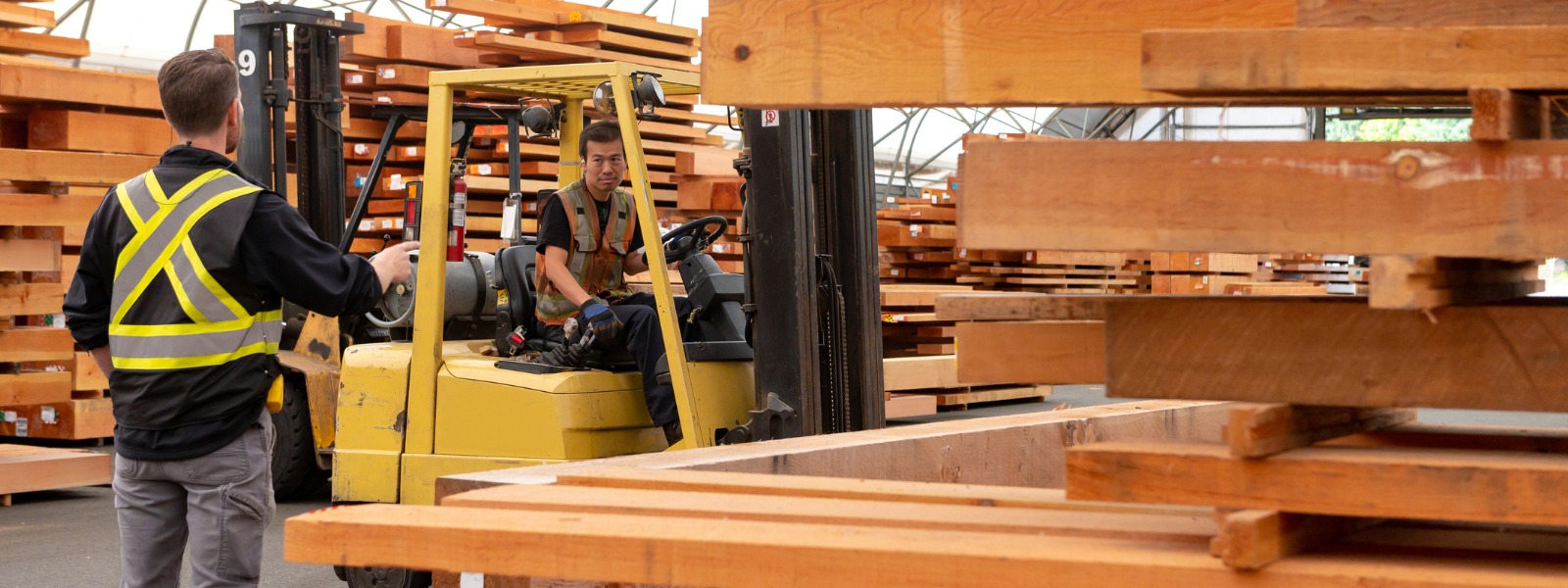One of the main goals of clean growth is to drive down greenhouse gas emissions while increasing economic growth—generating what we call “low-carbon growth”. This is not only an environmental imperative. It is increasingly an economic one as well. The global low-carbon transition is accelerating, as governments make more ambitious emission-reduction commitments, the cost of low-carbon technologies falls, and investors rethink their portfolios. If Canada doesn’t keep up, we could be hit by economic shocks and a gradual erosion of competitiveness that affects economic recovery and the prosperity of Canadians.
To date, Canada’s focus has been finding low-cost ways to meet emissions targets. While this is important, we will not succeed on low-carbon growth without also focusing on the growth side of the equation. To figure out how to do this, we can draw on lessons from the evolution of productivity research.
Productivity is a key metric governments track. Increasing output achieved for a given set of inputs—such as labour or machinery—is an important driver of economic growth. Achieving more output for a given amount of greenhouse gas emissions is not a vastly different goal.
According to a 2018 World Bank report, a recent “second wave” of productivity research has challenged previous thinking, concluding that government policy needs to comprehensively focus on three components of total factor productivity growth:
- “The Within” – increasing productivity within existing firms through technology adoption, innovation, and better managerial skills;
- “The Between” – reallocating resources from low-productivity economic activity to high-productivity economic activity; and
- “The Selection” – entry of high-productivity and exit of low-productivity firms.
What if we applied the same approach to low-carbon growth? Here are three ways to do it.
1. Increase low-carbon growth “within” firms
Climate change conversations tend to revolve around shifts from one sector to the other—such as gradually replacing fossil fuel power generation with renewable sources of energy. But this ignores the potential of individual firms to innovate, adjust, and adapt to new policy or market environments. High-emitting firms can adopt new technologies or processes that reduce their emissions intensity, or diversify product lines to incorporate lower-carbon alternatives. For example, global oil and gas giant British Petroleum recently announced it was shifting away from oil towards natural gas, hydrogen, and renewables. If firms were successful in one business line, there is no reason to think they won’t be competitive in another. In fact, distinctions between sectors may grow increasingly blurry over time (for instance, gasoline stations that offer electric vehicle charging or forestry companies providing feedstock for bioproducts).
When we look at indicators of technology adoption in Canada, however, progress has been slow. Only 10 per cent of businesses included in Statistics Canada’s Survey of Innovation and Business Strategy used clean technologies. There were 57 per cent more heavy-duty diesel vehicles on the road in 2018 than in 2005. Emissions from commercial buildings are once again on the rise. While there are differences across firms within these sectors, overall progress is not encouraging.
For Canadian firms to remain competitive in a low-carbon world, “the within” firm change needs to expand and accelerate.
2. Shift towards low-carbon-consistent economic activity
As global markets shift towards lower-carbon products, demand for high-carbon products will decline. But lower-carbon products still need natural resources, so the trajectory needs to be “low-carbon-consistent” rather than purely low-carbon. This means ensuring that economic activity and trade shift toward areas where demand is growing, and away from areas where demand is declining.
It is not clear that Canada is shifting fast enough to reduce regional economic risks associated with the global low-carbon transition. For example, economic activity and jobs in Alberta and Saskatchewan are still very tied to greenhouse gas emissions. The provinces only produce around one thousand dollars of GDP for every tonne of greenhouse gas (C02e) emitted, while Quebec produces almost four thousand dollars per tonne. Communities with heavy concentrations of employment in emissions-intensive sectors are particularly vulnerable to job losses if market conditions shift.
For provinces to reduce risks from global market transition, the shift “between” high-carbon and low-carbon-consistent economic activities needs to speed up.
3. Support new low-carbon firms
An important source of low-carbon economic growth is new low-carbon firms entering the market. Entrepreneurs and start-ups are important sources of innovation, developing new technologies, products and services that can help existing firms reduce their emissions or provide new or better alternatives for consumers. While not all will succeed, the potential economic and job gains from producing the next “Tesla” are big enough that it is worth placing some bets. It is a competitive field globally, and while many firms are showing promise, meaningful growth will require more Canadian firms to get in the game.
Yet clean tech start-ups in Canada face barriers along the innovation process. Many have trouble accessing financing in the middle stages of technology development. This period between the lab and commercial demonstration requires more capital investment and involves greater risk. The pandemic has exacerbated financing challenges. If burgeoning clean tech companies don’t survive, Canada will have lost a potential future source of growth, trade, jobs and income.
Canada’s economic activity in environmental and clean technology products is growing. Sector GDP grew from $50 billion in 2012 to $60 billion in 2018. But over 80 per cent of that activity is concentrated in Ontario, Quebec, and British Columbia, and it is not clear Canada is reaching its full potential.
To achieve clean growth across Canada, there needs to be greater “selection” of low-carbon firms in the marketplace.
Government policies can accelerate progress
Just as productivity growth requires a comprehensive suite of policies, so does accelerating low-carbon growth. We are seeing some good examples already, such as federal support to reduce methane emissions from oil and gas, the strong innovation focus in Alberta’s recovery strategy, and the agreement between the governments of New Brunswick, Ontario, Saskatchewan and Alberta to work towards the development and deployment of small modular reactors (SMRs) that harness low-carbon nuclear energy to achieve climate change and economic development goals. But to reach a point where we see emissions turning down as the economy grows, governments will need to do a lot more. The coming wave of economic recovery plans offer an opportunity to drive low-carbon growth in ways that also generate the economic growth needed to pay off pandemic-related government debt.





